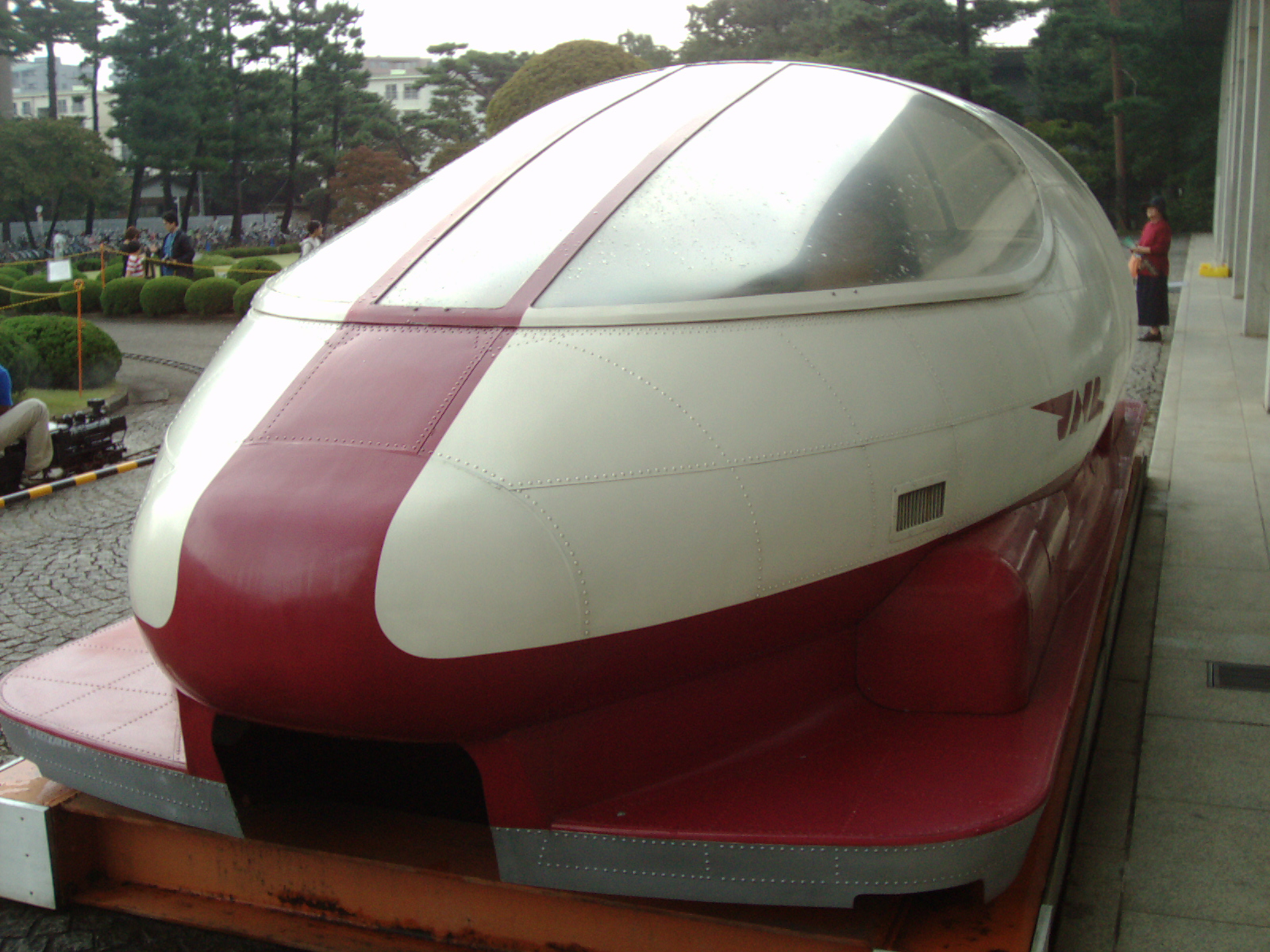RTRI on:
[Wikipedia]
[Google]
[Amazon]
 , or , is the technical research company under the
, or , is the technical research company under the
 RTRI is the main developer in the Japanese
RTRI is the main developer in the Japanese
 , or , is the technical research company under the
, or , is the technical research company under the Japan Railways
The Japan Railways Group, commonly known as the or simply JR, is a network of railway companies in Japan formed after the division and privatization of the government-owned Japanese National Railways (JNR) on April 1, 1987. The group comprise ...
group of companies.
Overview
RTRI was established in its current form in 1986 just beforeJapanese National Railways
The , abbreviated JNR or , was the business entity that operated Japan's national railway network from 1949 to 1987.
Network Railways
As of June 1, 1949, the date of establishment of JNR, it operated of narrow gauge () railways in all 46 pre ...
(JNR) was privatised and split into separate JR group companies. It conducts research on everything related to trains, railways and their operation. It is funded by the government and private rail companies. It works both on developing new railway technology, such as magnetic levitation
Magnetic levitation (maglev) or magnetic suspension is a method by which an object is levitation (physics), suspended with no support other than magnetic fields. Lorentz force, Magnetic force is used to counteract the effects of the gravitation ...
, and on improving the safety and economy of current technology.
Its research areas include earthquake detection and alarm systems, obstacle detection on level crossings, improving adhesion between train wheels and tracks, reducing energy usage, noise barrier
A noise barrier (also called a soundwall, noise wall, sound berm, sound barrier, or acoustical barrier) is an exterior structure designed to protect inhabitants of sensitive land use areas from noise pollution. Noise barriers are the most effecti ...
s and preventing vibrations.
SCMaglev
The SCMaglev (superconducting maglev, formerly called the MLU) is a magnetic levitation (maglev) railway system developed by Central Japan Railway Company (JR Central) and the Railway Technical Research Institute.
The SCMaglev uses an electrod ...
program.
Offices and test facilities
Main office
* 844 Shin-Kokusai Bldg. 3-4-1 Marunouchi, Chiyoda-ku, Tokyo 100-0005, JapanResearch facilities
* Kunitachi Institute - 2-8-38 Hikari-cho, Kokubunji-shi, Tokyo, 185-8540, Japan * Wind Tunnel Technical Center, Maibara, Shiga * Shiozawa Snow Testing Station, Minami-Uonuma, Niigata * Hino Civil Engineering Testing Station,Hino, Tokyo
file:KongojiFudodo20130815.jpg, 250px, Takahata Fudō in Hino
is a Cities of Japan, city located in the western Tokyo, western portion of the Tokyo Metropolis, Japan. , the city had an estimated population of 187,048, and a population density of 6 ...
* Gatsugi Anti-Salt Testing Station, Sanpoku, Niigata
Gauge Change Train
The RTRI is developing avariable gauge
Variable gauge systems allow railway vehicles to travel between two railways with different track gauges. Vehicles are equipped with variable gauge axles (VGA). The gauge is altered by driving the train through a gauge changer installed at the b ...
system, called the " Gauge Change Train", to allow Shinkansen
The , colloquially known in English as the bullet train, is a network of high-speed railway lines in Japan. It was initially built to connect distant Japanese regions with Tokyo, the capital, to aid economic growth and development. Beyond lon ...
trains to access lines of the original rail network.
Publications
* Japan Railway & Technical Review * ''Quarterly Report of RTRI'' - Print: Online:See also
*British Rail Research Division
The British Rail Research Division was a division of the state-owned railway company British Rail (BR). It was charged with conducting research into improving various aspects of Britain's railways, particularly in the areas of reliability and e ...
* German Centre for Rail Traffic Research
* Hydrail
In transportation, the original (2003) generic term "hydrail" includes hydrogen trains, zero-emission multiple units, or ZEMUs—generic terms describing rail vehicles, large or small, which use on-board hydrogen fuel as a source of energy to po ...
References
External links
* {{Authority control Organizations established in 1986 1986 establishments in Japan Rail transport organizations based in Japan Organizations based in Tokyo Kokubunji, Tokyo Railway infrastructure companies Engineering research institutes Japan Railway companies Government-owned railway companies